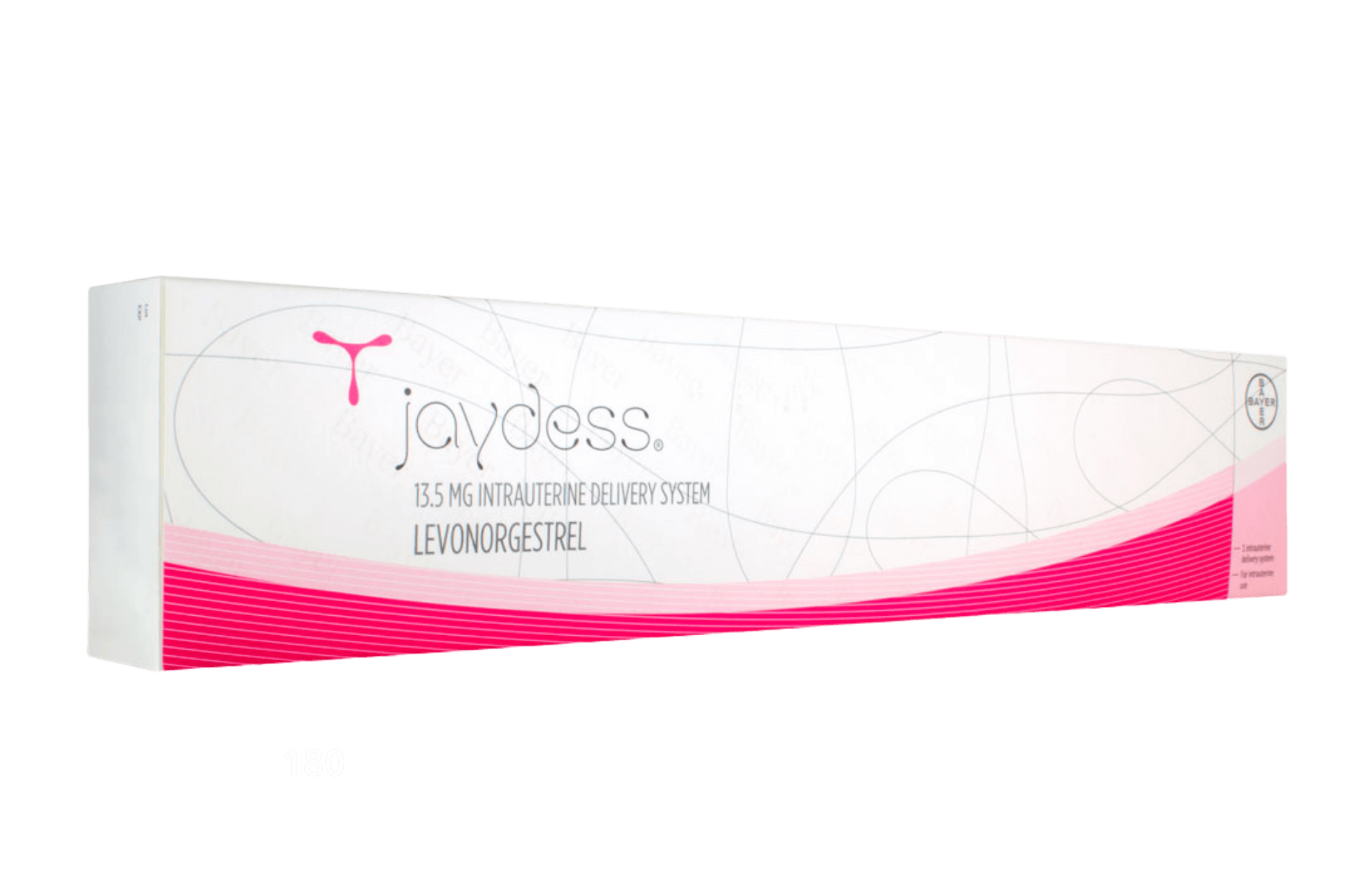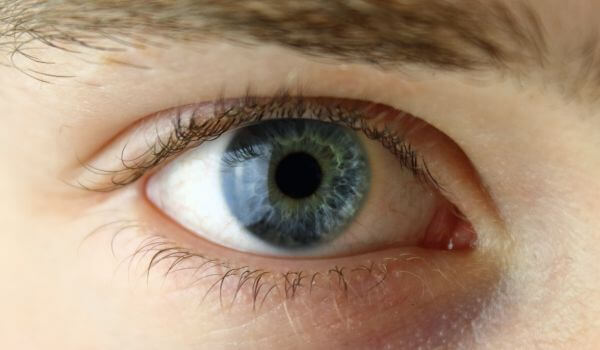Jaydess / Jayness (generic name: levonorgestrel) is a small, flexible intrauterine device (IUD) used to prevent pregnancy. It is inserted into the uterus by a trained healthcare provider and provides effective contraception for up to three years. Jaydess contains levonorgestrel, a type of hormone also used in birth control pills, but it is delivered in a much smaller dose. Unlike daily pills, Jaydess works by slowly releasing the hormone directly inside the uterus, where it acts locally to prevent pregnancy.
Jayness can prevent pregnancy in three ways:
- It thickens the mucus in the cervix, which makes it harder for sperm to enter the uterus.
- It changes the lining of the uterus so it’s less likely to support a fertilized egg.
- In some women, it can prevent the release of eggs from the ovaries.
These combined effects make Jaydess more than 99% effective as a birth control method. Because the hormone remains primarily in the uterus, side effects outside the reproductive system are generally lower than with other hormone-based methods.
The device is T-shaped and has two threads that hang through the cervix into the vagina. These threads let the user or doctor check if it’s still in place and make it easier to remove when needed. Jayness does not contain copper or estrogen, making it a good option for people who cannot use other types of birth control.
Jaydess does not protect against sexually transmitted infections (STIs). Use of condoms in addition to Jaydess is recommended for protection against infections.
Fertility returns quickly after Jaydess is removed, which means it’s suitable for people who want long-term, but reversible, birth control.
It is also often chosen by women who haven’t had children due to its small size and easier insertion. Insertion is a quick procedure done in a clinic or doctor’s office. Some people experience cramping or spotting during or shortly after insertion, which usually improves within a few days. Jaydess should be removed after three years or sooner if pregnancy is desired.
This text is for informational purposes only. Please consult a doctor or pharmacist before using any medication.
Read the information leaflet that comes with the medication.
Most people who use Jaydess do not experience any adverse side effects. Doctors recommend it because they assess the benefits of such treatment outweigh any likely unwanted effects.
Some of the side effects that have been reported include irregular bleeding or spotting, especially in the first 3–6 months, which typically reduces over time. Some users experience lighter periods, or periods may stop entirely. Others report pelvic pain, headache, acne, or the development of ovarian cysts. These effects may lead to the removal of Jaydess.
Users should be aware of symptoms like severe abdominal pain, heavy bleeding, fever, or missed periods, and seek medical evaluation. Sharp pain or fever should prompt immediate check for injury or infection.
Not all side effects are listed here. If these or other unlisted symptoms persist or worsen, consult a healthcare provider or pharmacist.
Jaydess is approved only for contraception, to prevent pregnancy for up to three years. It does not protect against sexually transmitted infections. Upon insertion, the hormone immediately begins preventing pregnancy. The device is 99.1% effective according to clinical studies over three years, making it one of the most reliable reversible methods available.
Though Jaydess is not officially approved for other uses, health professionals sometimes prescribe it off-label to treat heavy menstrual bleeding, endometriosis-related pain, dysmenorrhea, and endometrial hyperplasia prevention during estrogen therapy. Evidence suggests it may reduce bleeding and relieve pain, and help avoid more invasive surgeries like hysterectomy.















